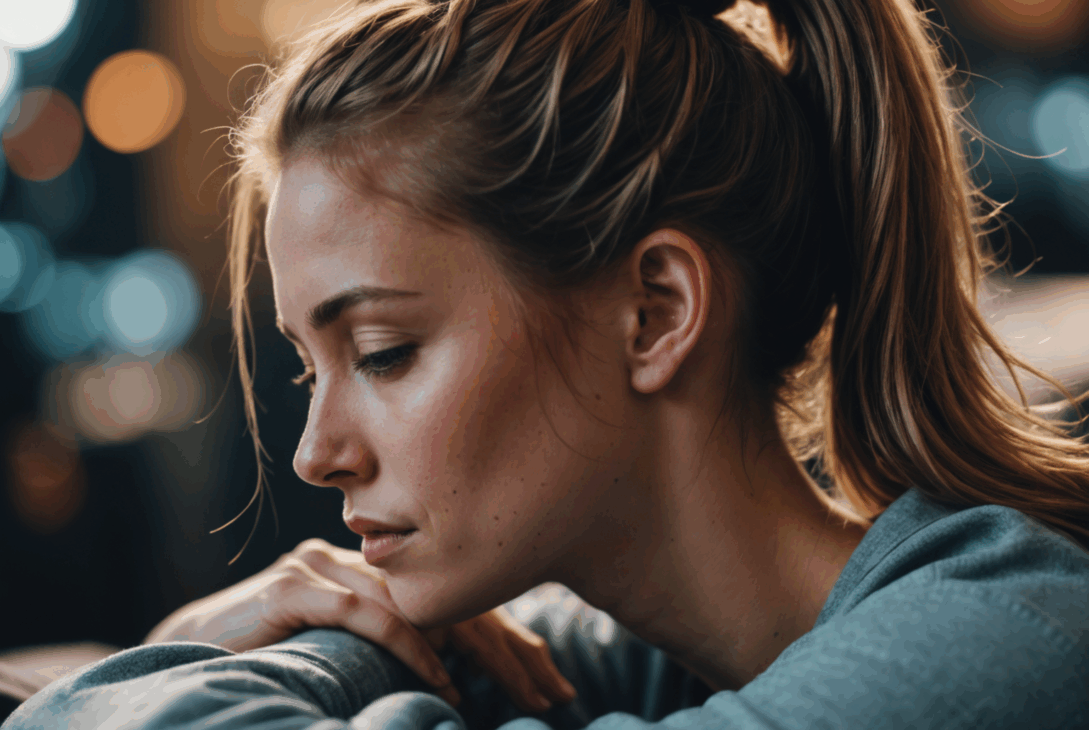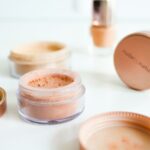Rule number one of hair care: protect your tresses even while you sleep! Yet every evening in the bathroom, millions of women tie their hair into a tight ponytail, convinced they’ll wake up with a “tamed” mane free of tangles. I did it for years—until this tiny habit started ruining my hair faster than a flat iron set to 230 °C. Why should you rethink going to bed in a ponytail at all? Let’s break it down to the last strand.
Introduction: Sleeping with a ponytail—why do we do it?
At first glance, a nighttime ponytail seems like the most practical hack: no strands in your face, zero chance of your partner rolling onto your locks, and less time in front of the mirror come morning. If you wear extensions or color your hair, a ponytail feels like insurance against knots. But this little “trick” is actually a silent killer of hair quality.
How a ponytail affects hair
Hair is more vulnerable at night than during the day—friction against the pillowcase, sweat, temperature changes. A tightly pulled ponytail adds:
- Constant tension on the follicle: the elastic tugs on the hair bulb, which over time weakens roots and causes thinning.
- Micro-breakage: with every turn of your head, the band “files” the hair surface, stripping the protective cuticle and creating permanent white dots—precursors to breakage.
- Over-dried lengths: pulled-back hair absorbs less water and conditioner overnight, leaving ends dehydrated and prone to splitting.
- Friction in one spot: the band doesn’t move, so mechanical damage is concentrated there. The result is sections with a “chewed” texture no serum can smooth.
Dermatologists talk about traction alopecia, hair loss caused by pulling. It’s common in women who wear tight braids or dreadlocks—and yes, a nighttime ponytail has a similar effect.
Personal experience and changes
The first warning sign? Fine hairs around my hairline started snapping and sticking out. I also noticed thinner strands exactly where the band sat. My stylist hinted that if I didn’t ditch the ponytail immediately, I’d soon regret it. I decided on a small experiment:
- One week without a nighttime ponytail.
- Sleeping on a satin pillowcase.
- A loose braid low at the nape, no pulling.
Within just seven days I saw fewer knots, far fewer hairs in the shower each morning, and my ends felt more hydrated. After a month the white dots were gone and the baby hairs started filling in. My once “unruly” mane became a shiny curtain I wasn’t afraid to wear down.
Alternatives for healthy hair
No one says you have to sleep with flowing Rapunzel hair. Just replace the harmful ponytail with gentler options:
- Loose braid—plait the hair once or twice and secure with a silk scrunchie.
- Pineapple—gather curls high on the head and fix with a soft headband, favored by curlies; hair doesn’t rub against the pillow.
- Silk bonnet or scarf—total protection against friction and moisture loss.
- Low bun—twist hair loosely and secure with two bobby pins instead of an elastic.
The key is minimal tension and maximum slip of the material.
What I learned about hair care
1) Prevention is cheaper than repair. Masks and ampoules are great, but avoiding damage is even better.
2) Material matters more than trends. Investing in a satin pillowcase and a silk scrunchie cost less than two salon repair treatments.
3) Listen to your stylist and your scalp. Itching, redness, or breakage along a specific line aren’t “random”—they’re SOS signals.
4) Small rituals make a long-term difference. Just as we remove makeup, we should “undress” our hair too—detangle, nourish, and put it to bed stress-free.
Conclusion: Small changes, big difference
Sleeping with a ponytail may seem harmless, but it actually acts like a slow, persistent pest that undermines the density, shine, and length of your hair. Loose strands, a gentle braid, or a silk scarf take only a few extra seconds but save you months of costly restoration. Drop the tight band before your hair drops you—and give your crown of beauty a chance to shine, even at midnight.


